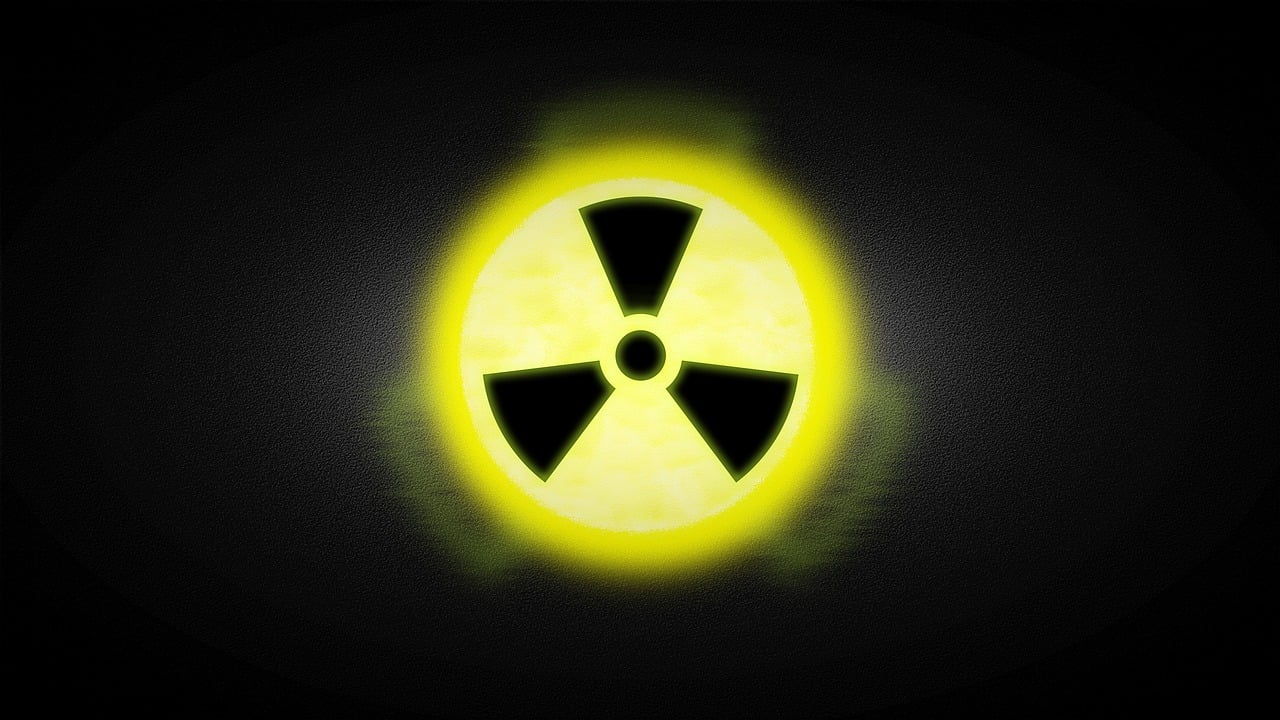Introduction: Kerosene is a versatile fuel widely used for various purposes, including heating, cooking, and lighting. One important characteristic of kerosene that users need to consider is its smoke point. Understanding the concept of smoke point is crucial for ensuring both safety and efficiency when using kerosene in different applications. In this article, we will delve into the significance of smoke point in kerosene and its implications for users.
What is the Smoke Point? The smoke point of kerosene refers to the temperature at which the fuel begins to produce visible smoke when ignited and burned. It is an indicator of the quality and suitability of kerosene for different purposes. The smoke point is influenced by factors such as the composition, impurities, and refining processes involved in the production of kerosene.
Safety Considerations: Knowing the smoke point of kerosene is essential for ensuring safe use. When kerosene is heated beyond its smoke point, it can lead to the production of excessive smoke, which may be accompanied by soot, fumes, and potential health hazards. It is crucial to avoid exceeding the smoke point to prevent the risk of indoor air pollution, respiratory issues, or even fire hazards.
Efficiency and Performance: In addition to safety, the smoke point also affects the efficiency and performance of kerosene applications. Burning kerosene below its smoke point promotes cleaner combustion, ensuring a more efficient release of heat energy. By maintaining the flame within the recommended temperature range, users can optimize fuel consumption, reduce carbon deposits, and prolong the life of appliances or equipment utilizing kerosene.
Typical Smoke Points: For standard household kerosene, the smoke point generally falls within the range of 360 to 400 degrees Fahrenheit (182 to 204 degrees Celsius). However, it is important to note that specific grades or types of kerosene may have slightly different smoke points. Always consult the manufacturer’s specifications or safety guidelines for accurate information regarding the particular type of kerosene you are using.
Application-Specific Considerations: Different applications may have specific requirements regarding the smoke point of kerosene. For instance, in indoor heating systems or cooking appliances, it is crucial to use kerosene with a smoke point suitable for the equipment to avoid smoke and soot buildup. Similarly, in lanterns or lamps used for lighting, selecting kerosene with an appropriate smoke point helps ensure a steady, clean-burning flame.
Conclusion: Understanding the concept of smoke point in kerosene is vital for safe and efficient usage. By adhering to the recommended temperature range, users can minimize the risks associated with excessive smoke production, enhance fuel efficiency, and optimize the performance of kerosene-powered appliances. Always refer to manufacturer guidelines, consult safety resources, and prioritize proper ventilation when using kerosene to ensure a safe and pleasant experience in various applications.















